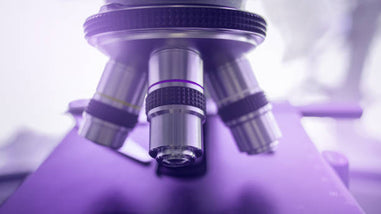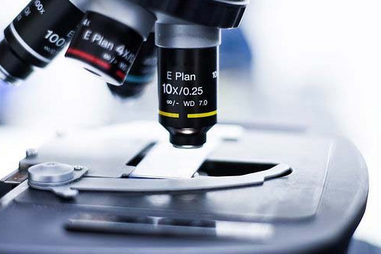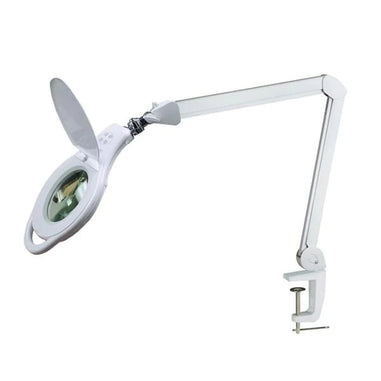- No products in the cart.
Properly calibrating a microscope is something you should know as a researcher, a student of medicine or biology or even an enthusiast that simply wants to observe the beauty in the natural world at the micro level. The basics are outlined here for you to absorb. These will not only allow you to make a customized set up for your microscope, but also to adjust it for various samples that you want to study for as long as you like, depending on their different characteristics, size and complexity.
Basics of Measurement
To properly calibrate the reticle with a stage micrometer, you should align the zero line or the beginning of your scale, of the stage micrometer, with the zero line or the beginning of the reticle. Now these two measurement scales aligning with allow you to set a base for your measurements. When you see the two zero lines line up, you can use a simple ratio to determine the value that each line represents in your reticle. It just makes everything easy when comparing measurements and units.
Take an example of an eyepiece micrometer on top and the stage micrometer at the bottom with their zero lines in alignment. The stage micrometer is a millimeter long with a 100 divisions, meaning that each division represents 10-5m or 0.01 mm or 10 micrometers. The eyepiece micrometer is also divided in to 100 units, but you don’t need to know the exact distance between those marks. With the two zero lines converging, go across the measurement divisions and see where they line up again. By marking the aligning divisions, you’ll be able to figure out a ratio between the two scales for your measurements.












































